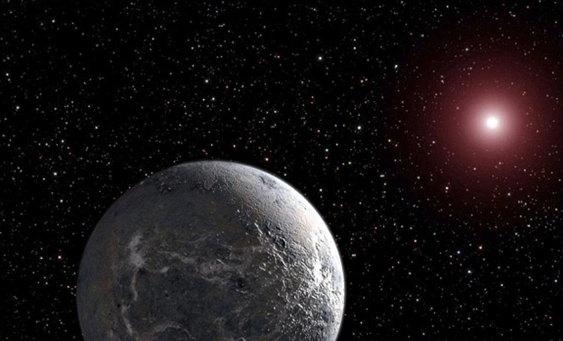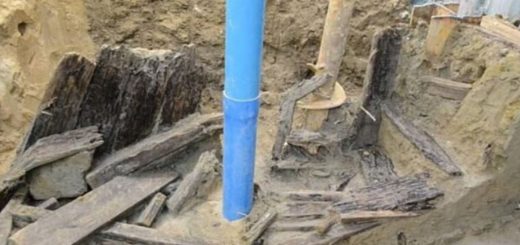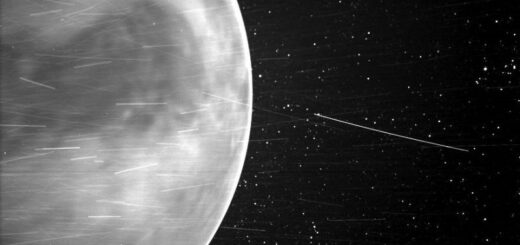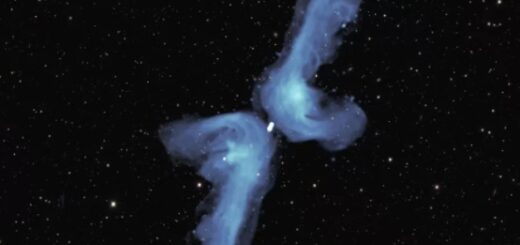BRAVE NEW WORLD Astronomers spot mysterious second Earth and it’s got perfect conditions for alien LIFE

K2-3d, which is 1.6 times bigger than Earth, has a warm climate and potential conditions for hosting liquid water
A MYSTERIOUS rocky planet less than 150 million light years from Earth could be one of the most likely places to support alien life.
K2-3d, which is 1.6 times bigger than Earth, has a warm climate and potential conditions for hosting liquid water.
Ever since it was discovered by Nasa’s Kepler space telescope when it crossed its star, there has been excitement among stargazers about the planet’s potential.
Now the space agency will use its enormous Hubble telescope to study the planet over the next five years.
They hope observations could reveal the molecular signatures of water, methane or ammonia needed for life in its atmosphere.
“If we found any signal, then we would hit this pair extremely hard with James Webb (telescope), there’s no doubt about that,” Bjorn Benneke from the California Institute of Technology told the New Scientist.
He also warned that the planet could have a hydrogen rich atmosphere or be blanketed by clouds.
K2-3d is an extrasolar planet, meaning it lies outside our solar system.
The planet orbits a host star, around half the size of our sun, every 45 days.
Mail Online reported that a team of Japanese scientists at the Okayama Astrophysical Observatory have managed to calculate the planet’s transits 30 times more accurately than before.
“Our findings have greatly improved the precision of future predictions of the planet’s transit, determining the orbital period of the planet to within about 18 seconds,” the researchers say.
“This improved precision ensures that when the next generation of large telescopes come online, they will know exactly when to watch for transits.”
Play Video
A recently discovered “second Earth” planet called Proxima b has exactly the right sort of conditions to sustain extraterrestrial organisms.
The mystery world orbits around Proxima Centauri, a red dwarf star that’s just four light years away.
It exists in the star’s “goldilocks zone”, which means it is far away enough from its sun so that water doesn’t get boiled, but close enough so that it doesn’t freeze.
We pay for your stories! Do you have a story for The Sun Online news team? Email us at tips@the-sun.co.uk or call 0207 782 4368



 Creators of mankind
Creators of mankind Description of “Tall white aliens”
Description of “Tall white aliens” Where they came from?
Where they came from? About hostile civilizations
About hostile civilizations The war for the Earth
The war for the Earth “Tall white aliens” about eternal life
“Tall white aliens” about eternal life Video: “Nordic aliens”
Video: “Nordic aliens” Aliens
Aliens Alien encounters
Alien encounters The aliens base
The aliens base UFO
UFO Technology UFO
Technology UFO Underground civilization
Underground civilization Ancient alien artifacts
Ancient alien artifacts Military and UFO
Military and UFO Mysteries and hypotheses
Mysteries and hypotheses Scientific facts
Scientific facts


















